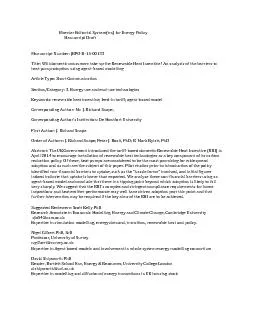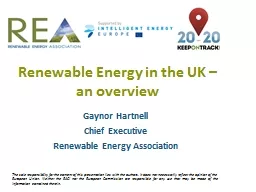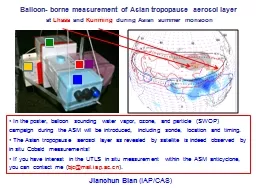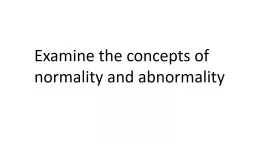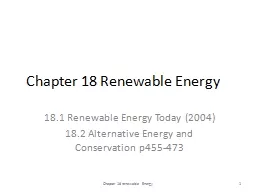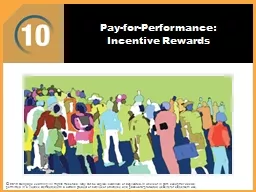PDF-We examine the uptake of the UK Renewable Heat Incentive RHI
Author : quinn | Published Date : 2021-06-08
We use Agent based modelling to simulate uptake in a heterogeneous population Simulation modelling suggests that uptake is sensitive to non financial barriers
Presentation Embed Code
Download Presentation
Download Presentation The PPT/PDF document "We examine the uptake of the UK Renewabl..." is the property of its rightful owner. Permission is granted to download and print the materials on this website for personal, non-commercial use only, and to display it on your personal computer provided you do not modify the materials and that you retain all copyright notices contained in the materials. By downloading content from our website, you accept the terms of this agreement.
We examine the uptake of the UK Renewable Heat Incentive RHI: Transcript
Download Rules Of Document
"We examine the uptake of the UK Renewable Heat Incentive RHI"The content belongs to its owner. You may download and print it for personal use, without modification, and keep all copyright notices. By downloading, you agree to these terms.
Related Documents

